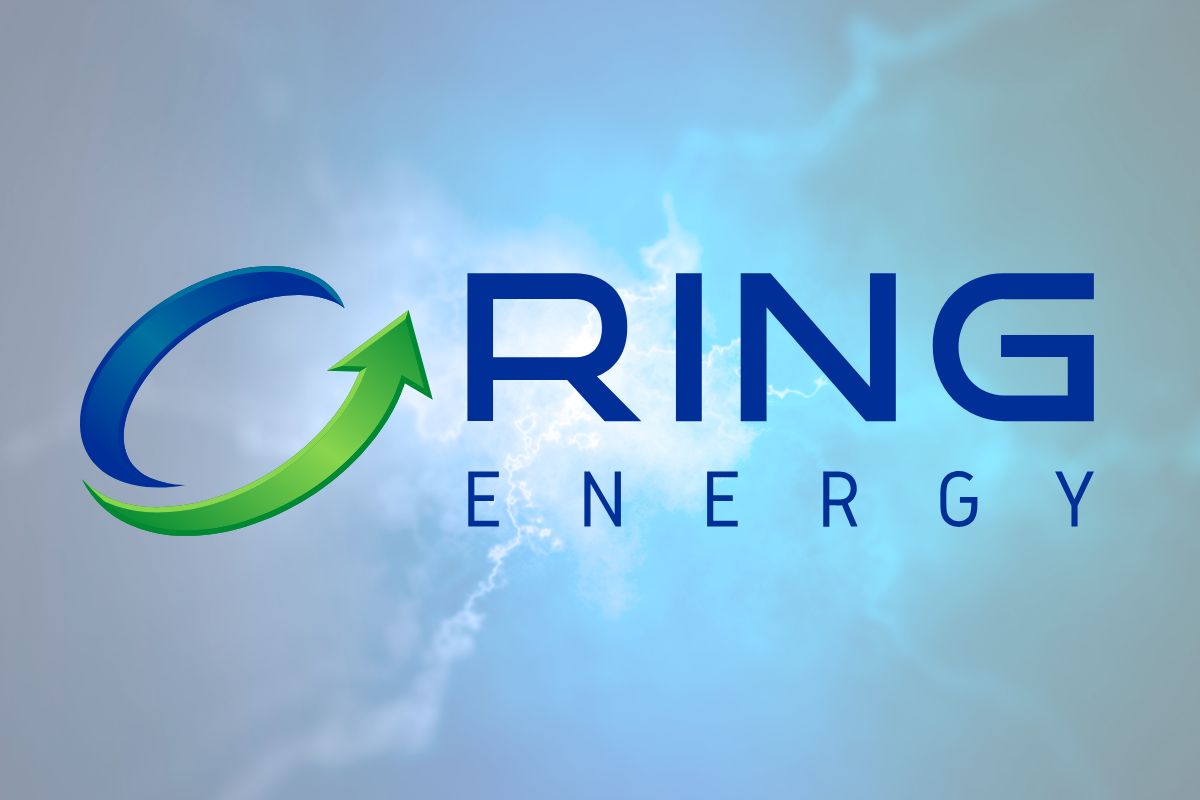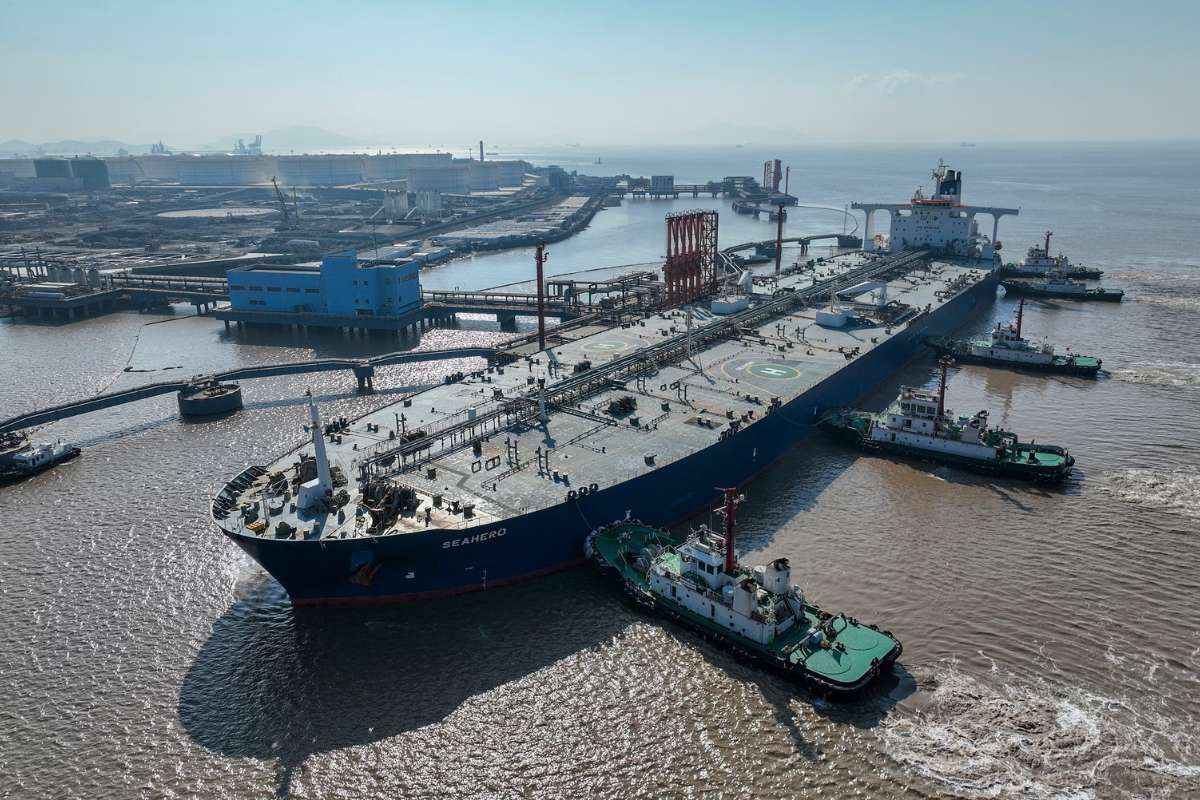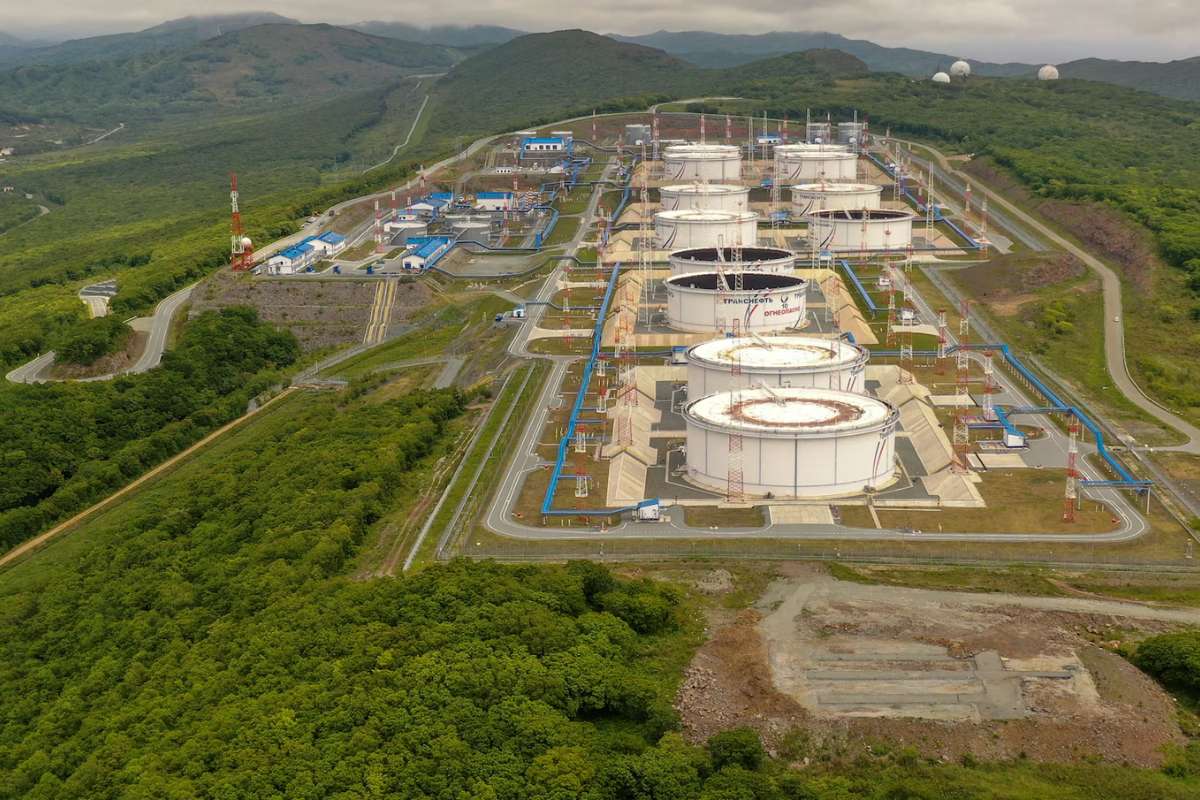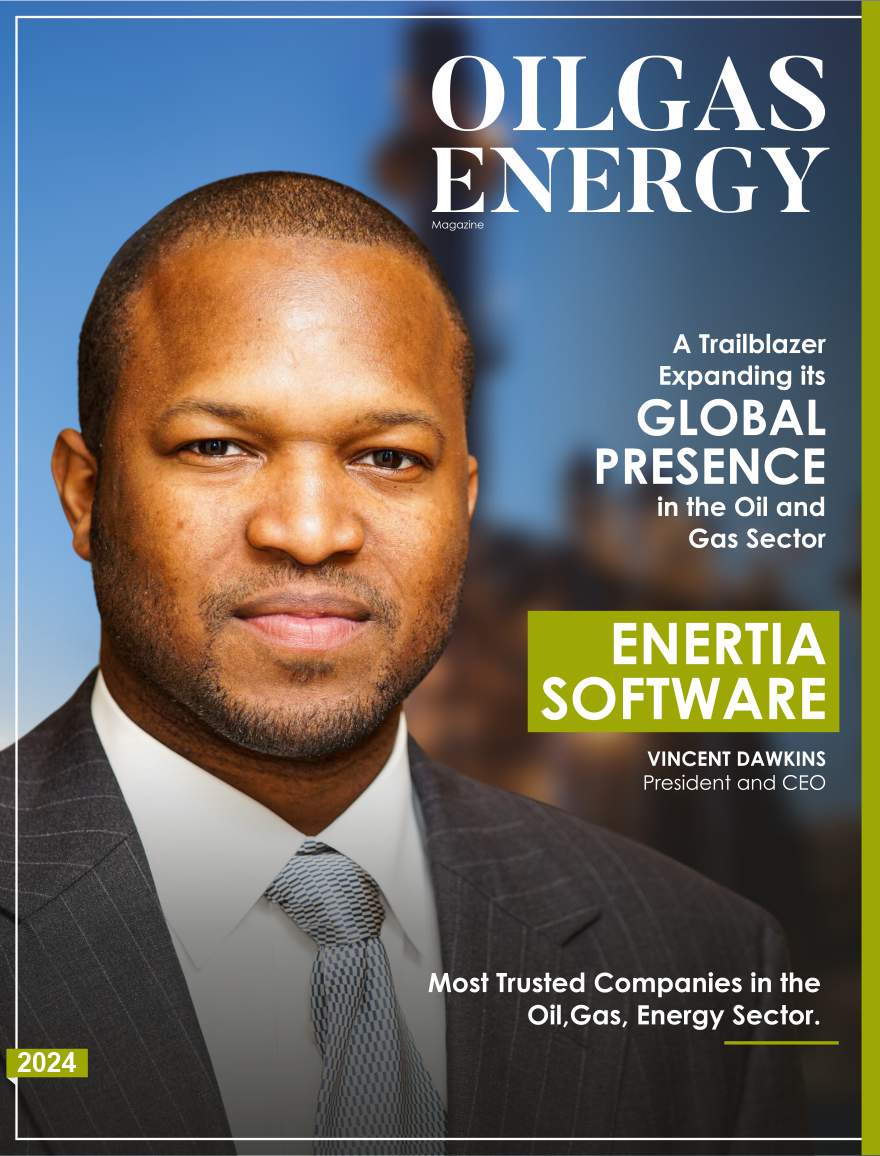Ring Energy Inc. (NYSE American: REI) announced its second-quarter 2025 results on August 7, posting a 328% surge in adjusted free cash flow to $24.8 million compared with $5.8 million in Q1. The oil and gas producer attributed the improvement to higher production volumes, reduced operating costs, and efficiencies gained from the acquisition of Lime Rock Resources.
The results mark a sharp turnaround from Q1, when the company fell short of revenue and earnings expectations. Despite sector challenges and a share price of $0.735 as of August 6, well below its 52-week high of $1.94, management pointed to operational progress and strategic acquisitions as key drivers of growth.
Operational Gains and Financial Improvements
Ring Energy’s total sales volumes rose to 21,295 barrels of oil equivalent per day (Boe/d) in Q2, up 16% from the previous quarter. Oil production reached 14,511 barrels per day, representing a 20% increase. Lease operating costs fell 12% to $10.45 per Boe, and all-in cash operating costs dropped 12% to $21.51 per Boe.
Capital expenditures were reduced by nearly half to $16.8 million, while adjusted EBITDA increased 11% to $51.5 million. The company also paid down debt by 3% to $448 million. However, its leverage ratio ticked up to 2.05x, remaining above the long-term target of below 1.0x.
Strategic Focus on Conventional Permian Assets
The Lime Rock Resources acquisition, completed for $100 million, added approximately 17,700 net acres and 2,300 Boe/d of production, more than 75% of which is oil. These assets are adjacent to Ring Energy’s existing operations in the Central Basin Platform and Northwest Shelf, boosting its long-life, high-return portfolio.
Since 2019, the company has pursued a series of acquisitions aimed at consolidating conventional assets in the Permian Basin. Management emphasized that these assets, often overlooked during the shale boom, offer favorable economics, shallow decline rates, and long well lifespans of over 35 years.
Guidance and Outlook for 2025
For the third quarter, Ring Energy expects oil sales volumes to average 13,350 barrels per day, with total volumes of 20,200 Boe/d. Capital expenditures are projected to rise to $27 million from Q2 levels, though full-year capex guidance has been cut 36% year-over-year. The company continues to forecast adjusted free cash flow of $50 million to $75 million for 2025, alongside roughly 2% production growth.
Ring Energy has hedged about 1.3 million barrels of oil for the remainder of 2025 at an average floor price of $64.87 per barrel and 2.3 million barrels for 2026 at $65.44. ESG efforts include a 25% reduction in methane emissions in 2024 and upgrades to tank vent control systems under its “Target Zero 365” safety and environmental program.
Challenges Ahead
While operational results are improving, the company’s debt load and lagging stock price remain areas of concern. Investors may be looking for sustained performance before revaluing the shares. The ability to integrate acquisitions effectively, maintain cost discipline, and reduce leverage will be critical as Ring Energy continues its focus on conventional Permian Basin development.
